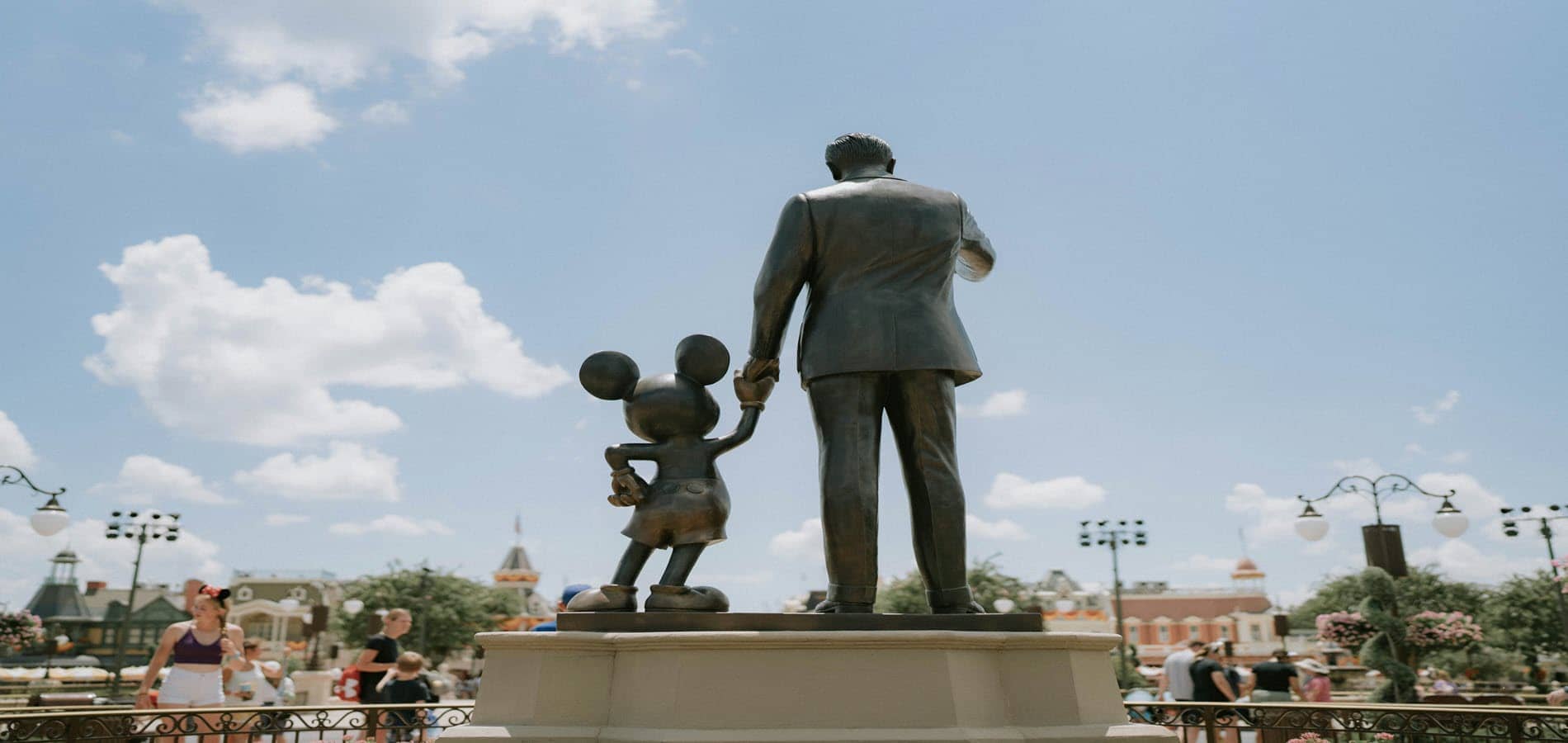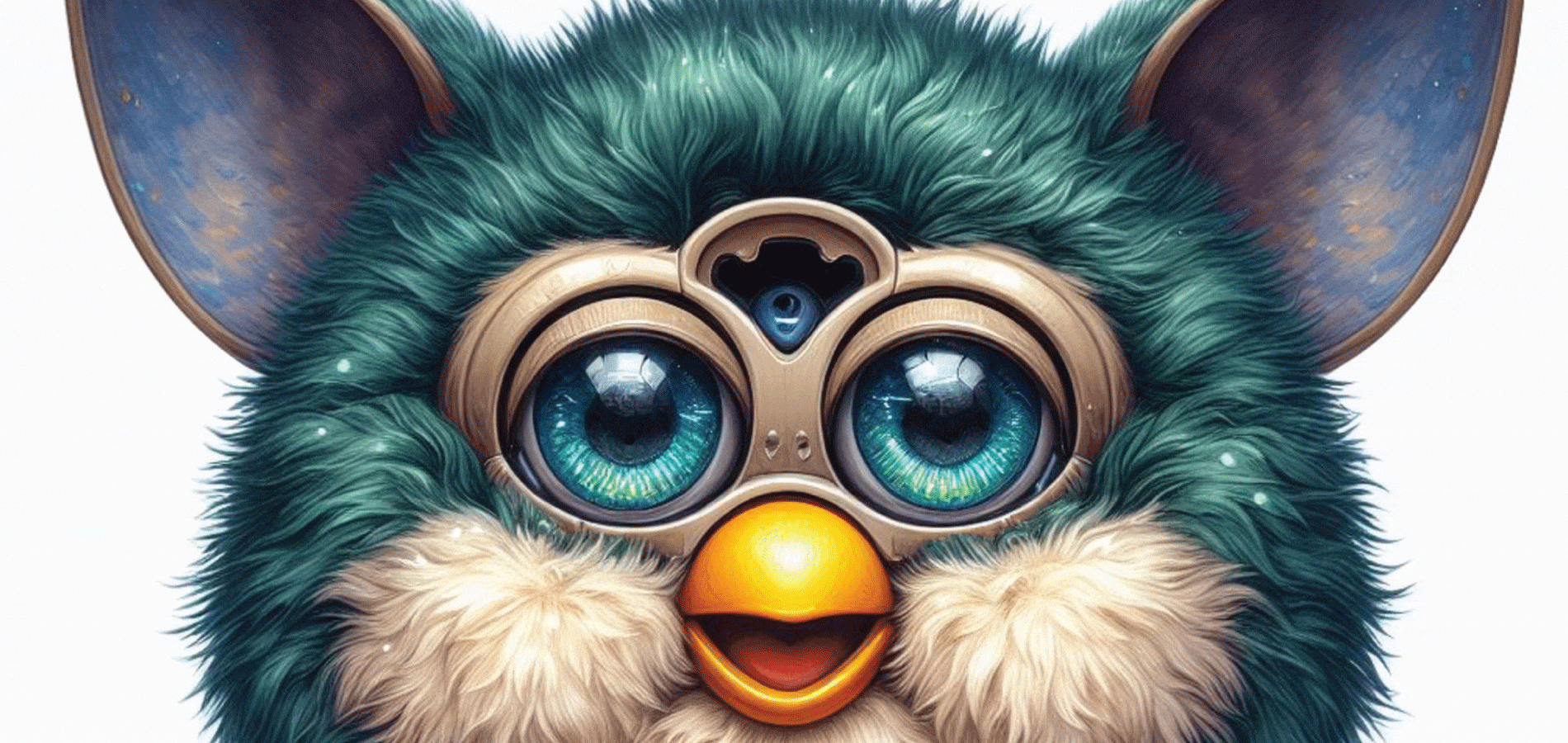Where would we be without our customers? Certainly nowhere near where we are today. And we always love to hear your suggestions and feedback—at the end of the day, you all know best about what you want to see within HeinOnline. So we were thrilled to see this tweet about a title called Coca-Cola Company: Opinions, Orders, Injunctions, and Decrees Relating to Unfair Competition and Infringement of Trade-mark:
T(actually yesterday)IL – in the University of Georgia Law Library is a collection of volumes called the "Coca-Cola Reporter" which is the collection of every intellectual property case they've been party to.
— Billy Joyner 🥃 (@BillyJoyner) April 1, 2022
This led us down a rabbit hole: was the title already in HeinOnline? And if not, how could we add it in, stat?
Well, it turns out we already had Volume 1 of this document within our Intellectual Property Law Collection and World Trials Library. But after checking in with our friends over at the University of Georgia’s law library, we learned that there were two other additional volumes of this title published by Coca-Cola in 1939. So, we borrowed the books from the University at Buffalo, scanned them into our system, and voila—they went live with our July content release.
So, what is this title, and why does it exist? Let’s take a brief look at the history of Coca-Cola as a company and a product.
Coca and Kola
The first Coca-Cola syrup was created in 1886 by an Atlanta pharmacist named John S. Pemberton, who had created Pemberton’s French Wine Coca[1]Richard Kuisel, Learning to Love McDonald’s, Coca-Cola, and Disneyland Paris, 21 TOCQUEVILLE REV. 129 (2000). This article can be found in HeinOnline’s Law Journal Library. using the coca leaf in 1885 but then sought to create a non-alcoholic version of the drink in the wake of the growing temperance movement. Originally touted as a tonic to help cure ailments such as indigestion, headaches,[2]Gary Hauk, From Coca-Cola to Ebola, Racial Riots to Civil Rights, Epic Ashes to Olympic Torch – The Transformation of Emory, Atlanta, and the South, 46 INT’l J. LEGAL INFO. 39 (2018). This article can be found in … Continue reading and even impotence, the new beverage was created from two main ingredients: the coca leaf and kola nuts (kola was changed to cola to enhance the alliterative effect, hence the name Coca-Cola). Originally, the coca leaf used in the drink contained a small amount of cocaine.[3]David F. Musto, The American Experience with Stimulants and Opiates, 2 Persp. oN CRIME & Just. 51 (1997-1998). This article can be found in HeinOnline’s Law Journal Library. However, by 1903, Coca-Cola was made from coca leaf extract stripped of the addictive stimulant. The kola leaf contains caffeine as well as a bitter taste, which would be balanced out by the sweeteners and water added to the sugar. The original beverage, initially sold solely at Jacobs’ Pharmacy in Atlanta, Georgia, started out at about nine bottles sold a day.
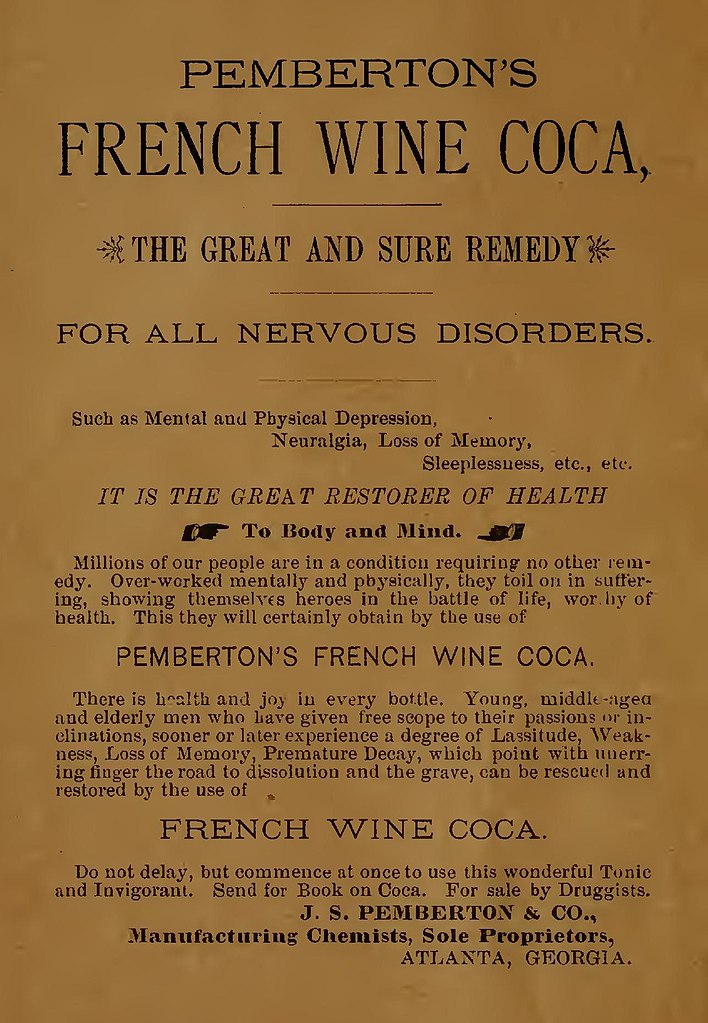
The Coca-Cola Company
The burgeoning business was purchased by a young druggist named Asa Candler, who would eventually become a business tycoon as well as mayor of Atlanta. He incorporated the Coca-Cola Company in 1892, initially selling the beverage solely as a fountain drink and advertising using a variety of techniques, including free drink vouchers[4]Andrew T. Young & Daniel Levy, Explicit Evidence of an Implicit Contract, 30 J. L. ECON. & ORG. 804 (2014). This article can be found in HeinOnline’s Law Journal Library. and merchandising.
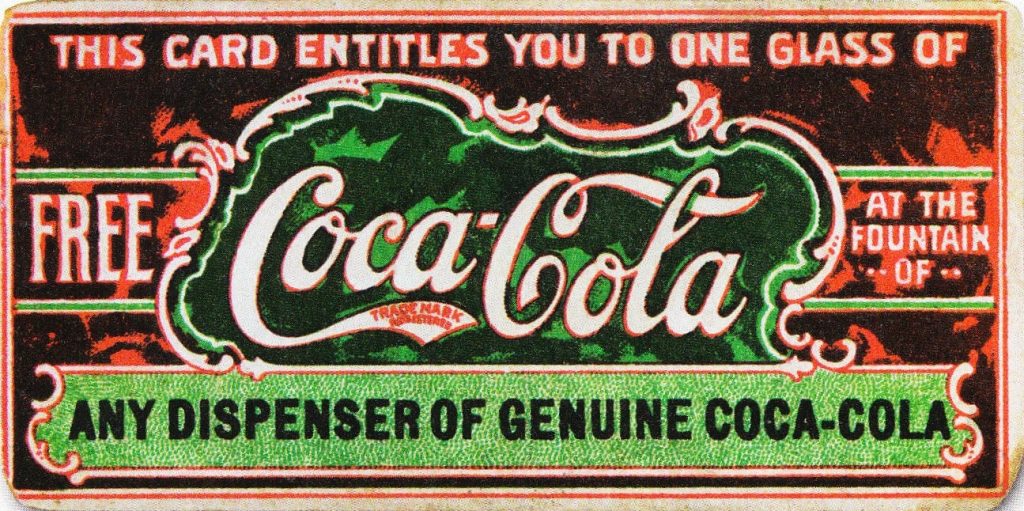
Convinced that Coca-Cola should only be consumed on tap, Candler sold the bottling rights to the beverage for $1 in 1894,[5]Martin Willoughby, The Legally Savvy Entrepreneur, 35 Miss. C. L. REV. 346 (2017). This article can be found in HeinOnline’s Law Journal Library. with the Coca-Cola Company producing the cola syrup and selling it to bottlers, initially in the United States, and eventually growing to around the world. Through the years, the company has acquired several others, including beverage companies such as Minute Maid, Barq’s, Honest Tea, and Topo Chico, as well as businesses outside of the food and drink realm, such as Columbia Pictures, in 1982 (however, it would sell Columbia to Sony in 1989).
Trademarks and Lawsuits
Coca-Colas iconic, swirling wordmark logo[6]David D. Mouery, Trademark Law and the Bottom Line – Coke Is It, 2 BARRY L. REV. 107 (2001). This article can be found in HeinOnline’s Law Journal Library. was created by Charles Pemberton’s bookkeeper, Frank M. Robinson. This design was trademarked in 1893.
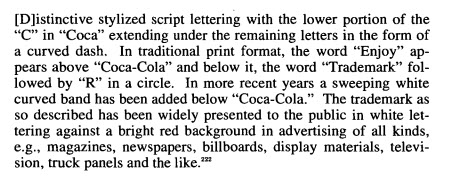
The signature Coca-Cola contour bottle was initially introduced to the public in 1916, in a successful attempt to create a bottle “so distinctive that it could be recognized by feel in the dark or identified lying broken on the ground.” Coca-Cola would eventually be bottled around the world, beginning in Canada, Cuba, and Panama in the early 1900s and eventually expanding into Asia and Europe. The bottle was then registered as a trademark by the U.S. patent office in 1977.[7]David D. Mouery, Trademark Law and the Bottom Line – Coke Is It, 2 BARRY L. REV. 107 (2001). This article can be found in HeinOnline’s Law Journal Library.
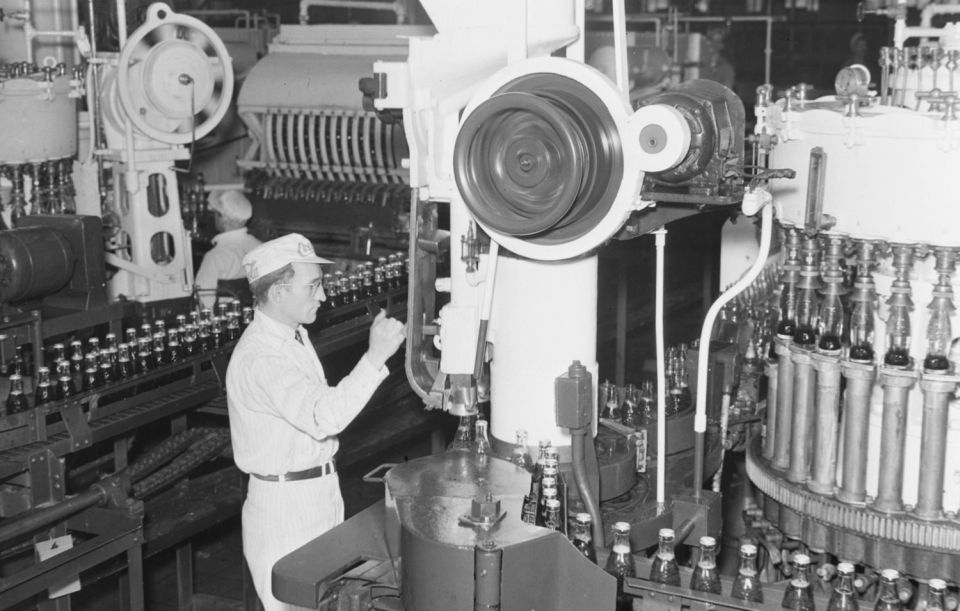
The actual recipe for Coca-Cola was never patented because it is kept as a trade secret—however, the taste and appearance of the syrup and beverage itself, as well as the logo’s script font and the shape and color of the Coca-Cola bottle, have been protected in various trademark cases. According to the Index to Subject Matter section of Coca-Cola Company: Opinions, Orders, Injunctions, and Decrees Relating to Unfair Competition and Infringement of Trade-mark, an infringement is determined based on the question, “is it likely to induce common purchasers, exercising ordinary care, to buy the article to which the trade-mark is affixed, believing that it is the article of another?”[8]Coca-Cola Company: Opinions, Orders, Injunctions, and Decrees Relating to Unfair Competition and Infringement of Trade-Mark (1923). This document can be found in HeinOnline’s World Trials Library.
In one of the better-known court cases, The Coca-Cola Company v. The Koke Company of America,[9]Coca-Cola Company: Opinions, Orders, Injunctions, and Decrees Relating to Unfair Competition and Infringement of Trade-Mark (1923). This document can be found in HeinOnline’s World Trials Library. Justice Oliver Wendell Holmes wrote in a Supreme Court opinion that Coca-Cola is a “single thing coming from a single source and well known to the community.” Hence, selling a product so similar to Coca-Cola as to mislead a customer into purchasing it thinking that it was a Coca-Cola brand beverage, was deemed a trademark infringement.
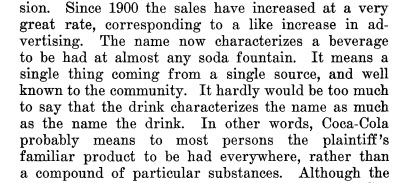
There have been plenty of Coca-Cola lookalikes throughout the years that have been charged with trademark infringements.[10]Coca-Cola Company: Opinions, Orders, Injunctions, and Decrees Relating to Unfair Competition and Infringement of Trade-Mark (1923). This document can be found in HeinOnline’s World Trials Library. Some of these off-brand beverages included:
- Koke
- Fletcher’s Coca-Cola
- Taka-Kola
- Caro-Cola
- Coca and Cola
- El-Cola
- Takola
- Crescent Coca-Cola
- Caro-Cola
- Cold-Cola
- Curo-Cola
- Ko-Kola
- Cafa-Cola
- And more
The Title in HeinOnline
Within HeinOnline’s Intellectual Property Law Collection and World Trials Library, you’ll find volumes 1, 2, and 3 of Coca-Cola Company: Opinions, Orders, Injunctions, and Decrees Relating to Unfair Competition and Infringement of Trade-Mark, published by Coca-Cola Co. in 1929 and 1939. Volume 1 of this title covers cases from the company’s beginning through 1929, while volumes 2 and 3 expand upon this volume with reported, unreported, contested, and patent office cases, as well as pro confesso, consent, and contempt decrees. Within each volume, you’ll find an Index to Cases and Index to Subject Matter to help you find the content relevant to your research, with volumes 2 and 3 also containing an Index to Courts and Index to Marks.
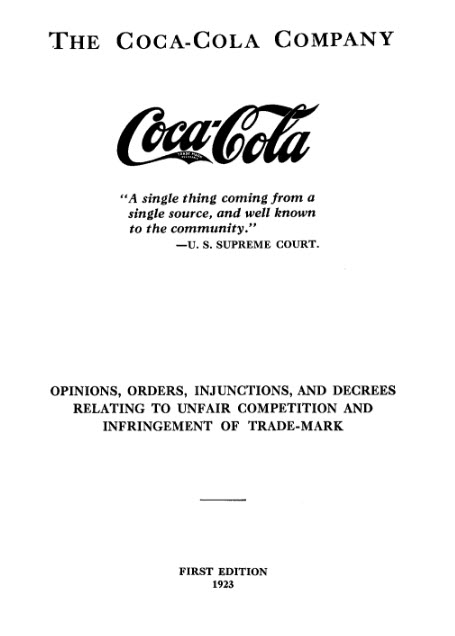
Check Out HeinOnline for More Soda-lightful Content
Sorry, we had to do it. But seriously, head into HeinOnline’s myriad databases for all sorts of cool titles and documents about your favorite brands. And subscribe to the HeinOnline Blog for more posts on history, politics, content updates, and so much more!
HeinOnline Sources[+]
| ↑1 | Richard Kuisel, Learning to Love McDonald’s, Coca-Cola, and Disneyland Paris, 21 TOCQUEVILLE REV. 129 (2000). This article can be found in HeinOnline’s Law Journal Library. |
|---|---|
| ↑2 | Gary Hauk, From Coca-Cola to Ebola, Racial Riots to Civil Rights, Epic Ashes to Olympic Torch – The Transformation of Emory, Atlanta, and the South, 46 INT’l J. LEGAL INFO. 39 (2018). This article can be found in HeinOnline’s Law Journal Library. |
| ↑3 | David F. Musto, The American Experience with Stimulants and Opiates, 2 Persp. oN CRIME & Just. 51 (1997-1998). This article can be found in HeinOnline’s Law Journal Library. |
| ↑4 | Andrew T. Young & Daniel Levy, Explicit Evidence of an Implicit Contract, 30 J. L. ECON. & ORG. 804 (2014). This article can be found in HeinOnline’s Law Journal Library. |
| ↑5 | Martin Willoughby, The Legally Savvy Entrepreneur, 35 Miss. C. L. REV. 346 (2017). This article can be found in HeinOnline’s Law Journal Library. |
| ↑6, ↑7 | David D. Mouery, Trademark Law and the Bottom Line – Coke Is It, 2 BARRY L. REV. 107 (2001). This article can be found in HeinOnline’s Law Journal Library. |
| ↑8, ↑9, ↑10 | Coca-Cola Company: Opinions, Orders, Injunctions, and Decrees Relating to Unfair Competition and Infringement of Trade-Mark (1923). This document can be found in HeinOnline’s World Trials Library. |

